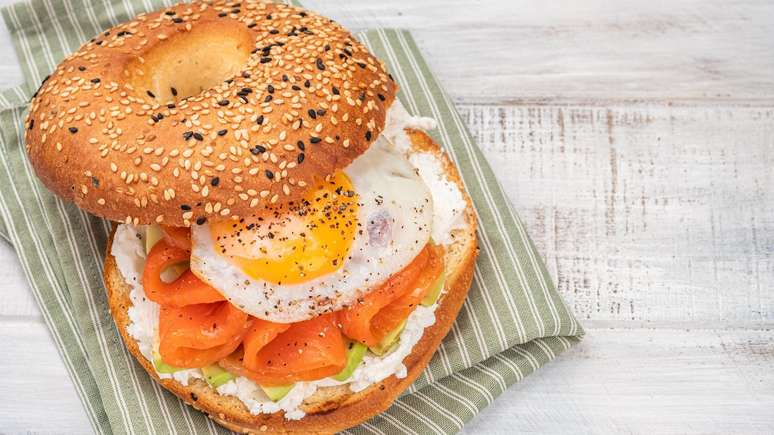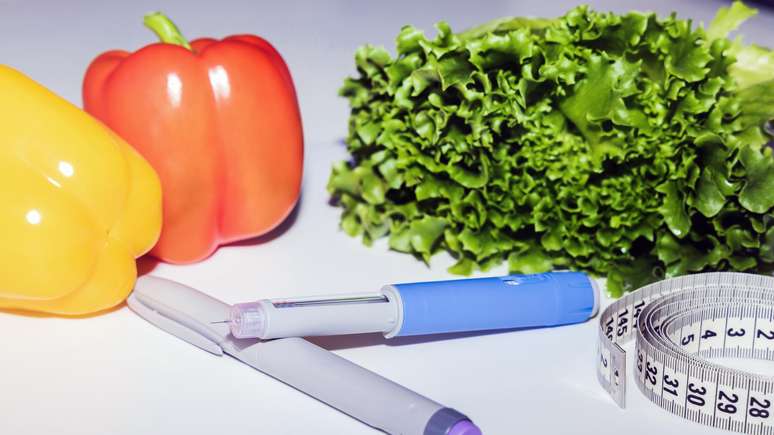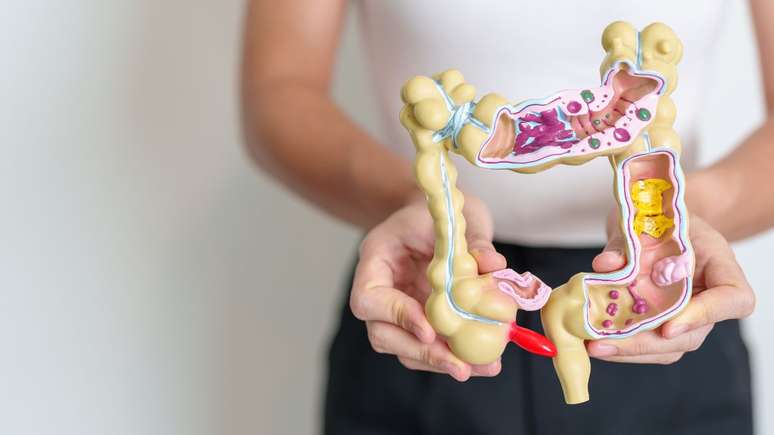Natural foods can induce effects similar to those of drugs such as Ozempic and Wegovy, says nutrition expert.
html[data-range=”xlarge”] figure image img.img-164268cfb7c85031668020744a6f56a7gh0vgljw { width: 774px; height: 435px; }HTML[data-range=”large”] figure image img.img-164268cfb7c85031668020744a6f56a7gh0vgljw { width: 548px; height: 308px; }HTML[data-range=”small”] figure image img.img-164268cfb7c85031668020744a6f56a7gh0vgljw, html[data-range=”medium”] figure image img.img-164268cfb7c85031668020744a6f56a7gh0vgljw { width: 564px; height: 317px; }HTML[data-range=”small”] .article__image-embed, html[data-range=”medium”] .article__image-embed {width: 564px; margin: 0 automatic 30px; }
You’ve probably heard of the drug Ozempic, used to control type 2 diabetes and as a weight loss remedy.
Ozempic (and the drug with a similar effect Wegovy) made headlines in the press and was embroiled in controversies: global supply shortage, Elon Musk’s tweet about his use of the drug, approval for weight loss in adolescents in the United States.
Oscar host Jimmy Kimmel even joked about it at the biggest movie party in March of this year.
But to what extent do we really need drugs like Ozempic? Can we use food to replace it?
How does Ozempic work?
The active ingredient in Ozempic is semaglutide, which works by inducing satiety. This feeling of being satisfied or “full” suppresses your appetite. That’s why it works for weight loss.
Semaglutide also helps the pancreas produce insulin, thus helping to control type 2 diabetes. Our body needs insulin to transport the glucose (blood sugar) we get from food into our cells so we can use it as energy.
Semaglutide works by mimicking the role of a natural hormone, called GLP-1 (glucagon-like peptide-1), normally produced in response to nutrient sensing when we eat.
GLP-1 is part of the signaling pathway that tells your body you’ve eaten and prepares it to use energy from food.
Can food do this?
The nutrients that activate the secretion of GLP-1 are macronutrients: simple sugars (monosaccharides), peptides and amino acids (from proteins) and short-chain fatty acids (from fats and also produced by good intestinal bacteria).
There are many of these macronutrients in high-energy foods, which tend to be foods high in fat or sugar and low in water. There is evidence that choosing foods rich in these nutrients can increase GLP-1 levels.
This means that a healthy diet rich in GLP-1-stimulating nutrients can increase GLP-1 levels. These can be foods with good fats, like avocados or nuts, or sources of lean protein, like eggs.
And foods rich in fermentable fiber, such as vegetables and whole grains, nourish our gut bacteria, which then produce short-chain fatty acids that can trigger the secretion of GLP-1.
That’s why diets high in fat, fiber, and protein can help you feel fuller longer. This is also why changing your diet is part of managing weight and type 2 diabetes.
Not so fast…
However, it’s not necessarily that simple for everyone. This system also means that when we diet and limit our energy intake, we become hungrier. And for some people, this “set point” for weight and hunger may be different.
Some studies have shown that GLP-1 levels, especially after meals, are lower in people with obesity. This may be due to reduced GLP-1 production or increased degradation.
The receptors that detect it may also be less sensitive or there may be fewer receptors. This could be due to differences in the genes that code for GLP-1, the receptors, or parts of the pathways that regulate production.
These genetic differences are things we cannot change.

So are injections the simplest solution?
While diet and medications can work, both present their challenges.
Drugs like Ozempic can have side effects, including nausea, vomiting, diarrhea, and problems with other organs. Furthermore, when people stop taking it, the feeling of satiety begins to disappear and the feeling of hunger returns to its previous levels.
If you’ve lost a lot of weight quickly, you may feel even hungrier than before.
Dietary changes carry much less risk in terms of side effects, but the answers will take more time and effort.
In our fast-paced modern society, cost, time, skill, accessibility and other pressures can also pose barriers to healthy eating, satiety and insulin levels.
Dietary and pharmacological solutions often focus on individual changes to improve health outcomes. But systemic changes that reduce the pressures and barriers that make healthy eating difficult (such as shortening the workweek or raising the minimum wage) are much more likely to make a difference.
It’s also important to remember that weight is only part of the health equation. If you suppress your appetite but maintain a diet high in ultra-processed foods and low in micronutrients, you may lose weight but not actually increase your nutrition.
Therefore, support for improving food choices, regardless of medication use or weight loss, is needed to achieve real health improvements.
The final result
The old phrase “let food be your medicine” is catchy and often based in science, especially when medications are deliberately chosen or designed to mimic hormones and compounds already found naturally in the body.
Changing our diet is one way to change our health and our biological responses. But these effects occur in the context of our personal biology and unique life circumstances.
For some people, medications will be a tool to improve weight and insulin-related outcomes. For others, food alone is a reasonable path to that success.
Although science is aimed at populations, healthcare is individual and decisions about food and/or medications should be made with the careful advice of healthcare professionals. GPs and nutritionists can work with your individual situation and needs.
*Senior Lecturer in Food Science and Human Nutrition, School of Environmental and Life Sciences, Newcastle University, UK.
This article was published in The conversation and reproduced here under a Creative Commons license. Click here to read the original English version.
Source: Terra
Ben Stock is a lifestyle journalist and author at Gossipify. He writes about topics such as health, wellness, travel, food and home decor. He provides practical advice and inspiration to improve well-being, keeps readers up to date with latest lifestyle news and trends, known for his engaging writing style, in-depth analysis and unique perspectives.







